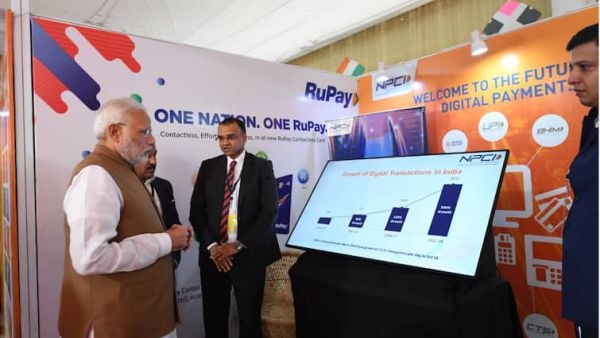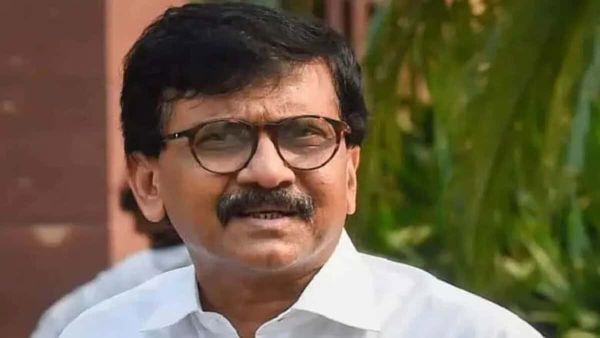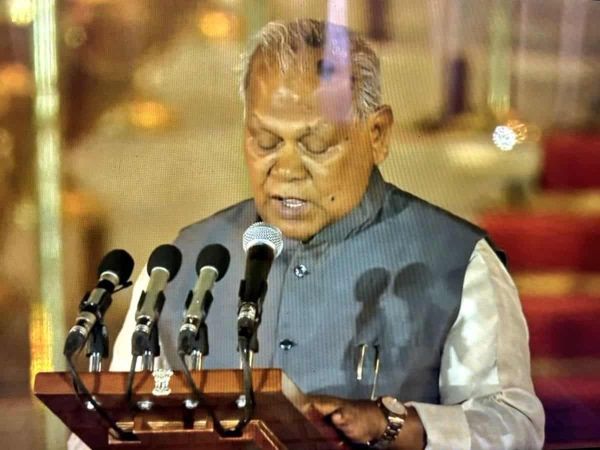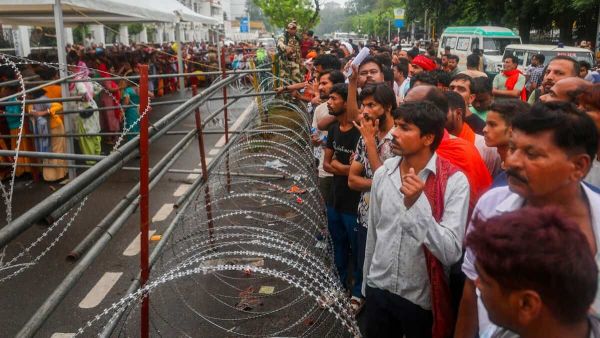
A decade after the launch of the ambitious Digital India mission, Prime Minister Narendra Modi took to LinkedIn to reflect on how the initiative has redefined governance, public service delivery, and economic opportunity for 140 crore Indians.
“In 2014, internet penetration was limited, digital literacy was low, and online access to government services was scarce. Many doubted whether a country as vast and diverse as India could truly go digital,” the Prime Minister wrote in the blog post.
At the time, concerns loomed over whether technology would deepen existing inequalities. However, Modi said his government chose to trust the potential of Indians to embrace digital tools and reverse this thinking. The Digital India campaign, he noted, was designed to democratise access to technology, build inclusive digital infrastructure, and create equal opportunities for all citizens.
The transformation over the past ten years has been significant. Internet connections have grown from 25 crore in 2014 to more than 97 crore today. Over 42 lakh kilometres of Optical Fibre Cable—equivalent to 11 times the Earth-Moon distance—now connect villages across the country. India has also achieved one of the fastest 5G rollouts globally, installing 4.81 lakh base stations in just two years, with high-speed internet reaching even remote areas like Galwan, Siachen, and Ladakh.
The Rise Of UPI
India Stack, the country’s digital backbone, has facilitated the rise of platforms like UPI, which now handles over 100 billion transactions annually—accounting for nearly half of the world’s real-time digital payments. Direct Benefit Transfers (DBT) have revolutionised welfare schemes by transferring Rs 44 lakh crore directly to citizens, cutting out middlemen and saving Rs 3.48 lakh crore in leakages.
The push for digital inclusion has also empowered micro and small businesses. Modi pointed to the success of the Open Network for Digital Commerce (ONDC), which recently crossed 200 million transactions—with the last 100 million added in just six months. The platform has enabled artisans from places like Banaras and Nagaland to reach a nationwide market without intermediaries.
Similarly, the Government E-Marketplace (GeM) has clocked Rs 1 lakh crore in Gross Merchandise Value (GMV) within just 50 days. The platform now includes 22 lakh sellers, including over 1.8 lakh women-led MSMEs, who have fulfilled orders worth Rs 46,000 crore.
“GeM enables the common man to sell goods and services to all arms of the government,” the Prime Minister wrote, noting that the platform not only empowers citizens but also brings efficiency and savings to government procurement.
Aadhaar, FASTag, DigiLocker, And More
India’s Digital Public Infrastructure (DPI)—which includes Aadhaar, CoWIN, DigiLocker, FASTag, PM-WANI, and One Nation One Subscription—is now considered a global model for inclusive and scalable digital ecosystems. CoWIN enabled the world’s largest vaccination drive, issuing 220 crore QR-verifiable certificates. DigiLocker, meanwhile, has 54 crore users and holds more than 775 crore documents.
During India’s G20 presidency, the country launched the Global DPI Repository and a $25 million Social Impact Fund to help other nations, especially in Africa and South Asia, build similar digital frameworks.
India's Start-Up Ecosystem
India’s rise as one of the world’s top three startup ecosystems—with over 1.8 lakh startups—is part of what Modi described as a “tech renaissance.” The country is also positioning itself at the forefront of artificial intelligence development. Under the $1.2 billion India AI Mission, access to 34,000 GPUs is being offered at globally competitive rates, making India not only the most affordable internet economy but also an affordable destination for compute power.
The government is championing a “humanity-first” approach to AI, guided by the New Delhi Declaration on AI, and is establishing Centres of Excellence across the country to nurture innovation.
Looking ahead, the Prime Minister expressed confidence that the next decade will further elevate India from a digitally empowered nation to a global leader in digital innovation.
“Digital India has not remained a mere government program, it has become a people’s movement,” Modi wrote.
He called on innovators, entrepreneurs, and youth to lead the charge. “Let us build what empowers. Let us solve what truly matters. Let us lead with technology that unites, includes, and uplifts.”
Bank Holidays In July: Branches To Remain Closed For 13 Days, Check State-Wise Calendar Here
-
Europe roasts under punishing heat wave with Paris forecast to hit 104 F

-
Sanjay Raut announces ‘Marathi Vijay Diwas’ rally on July 5

-
Jitan Ram Manjhi slams Tejashwi Yadav’s remarks on waqf law

-
Kolkata Law College expels 3 accused in gang rape of student

-
On spot registration begins for Amarnath yatra
